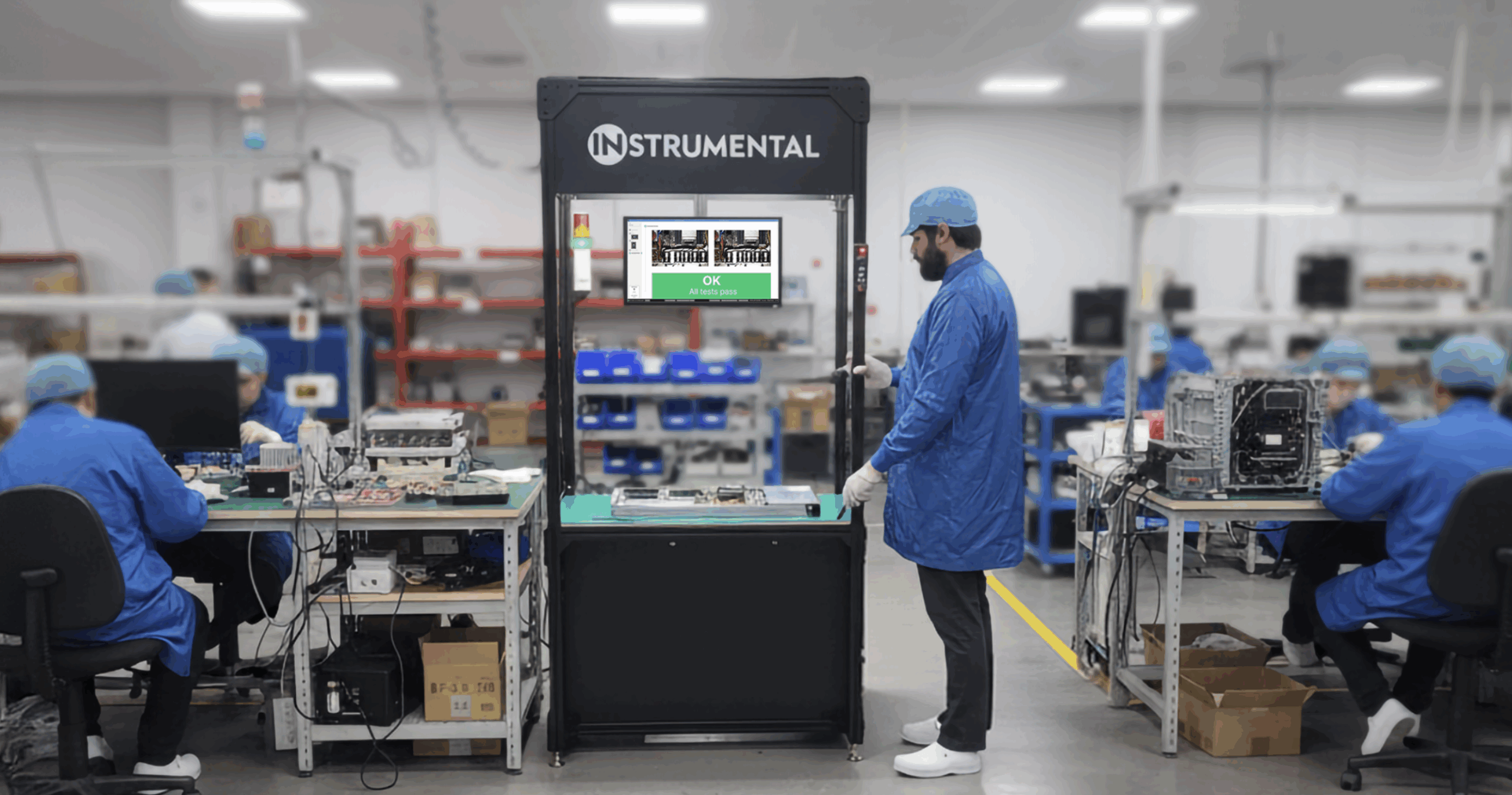The proliferation of cloud tools has directly impacted the manufacturing industry’s ability to stay nimble during the last three years of constant change. In the first few months of 2020, during the ramp-up season for manufacturing, the COVID-19 pandemic hit and effectively stopped all travel to and from the factory floor, causing ripple effects on the supply chain that are still felt today. Yet despite the difficulties of the last three years, those ripple effects have also influenced positive change — particularly in modernizing the way manufacturers collect data and collaborate with their teams.
At our annual Build Better Manufacturing Optimization Summit, cloud leaders participated in a panel, hosted by Stephen Nellis, reporter at The Information, to discuss the lessons they’ve learned and the predictions they have on the influence of cloud tools and cloud data on the future of manufacturing.
The “digital transformation panic button” has served its purpose
When the manufacturing industry realized the huge impact the pandemic would have on production, most companies “hit the digital transformation panic button.” That’s how Simon Floyd, director of discrete manufacturing industries at Google Cloud, describes it — because he saw companies jump from “let’s think about video conferencing” to “we need a solution now” almost overnight.
Now, Simon believes that the manufacturing industry is officially post-panic and right in the middle of building a strong foundation for the next few decades of smart manufacturing. He notices that the conversations today are focused on sustaining digital progress, because leaders and employees are demanding it: “We’re in [a stage of] lightspeed productivity for people to get things accomplished,” he said.
Historical data is solving modern problems
As companies have adopted new tools and updated their methods of remote communication, another revelation has come to light for manufacturing. In the words of Piyush Modi, business development and chief strategist at NVIDIA: “We are becoming increasingly aware of the siloes that existed…[and that manufacturing] should be a collaborative process.”
While the pandemic put pressure on companies to change quickly, Piyush sees massive progress today. Data that was once lying dormant in one side of the manufacturing process is now coming to center stage, thanks to the silo-breaking digital tools adopted by companies in the last few years. “Historical data is helping people detect anomalies…and we’re seeing loops closing,” all because collaborative cloud tools are supporting open communication between engineers and operators from around the world.
Putting edge technology to work is closer than we think
Because manufacturing has leapt forward in cloud technology usage, this progress is paving the way toward rapid adoption of edge technology. To Alok Kapur, global vice president of partner ecosystem success at SAP, the future of automated manufacturing, the application of digital twins (check out the video for Stephen Nellis’ unfiltered take) and AI ops has been approached academically — until now.
“The pandemic accelerated the need to deploy cutting edge technology at scale … and the c-suite is proactively looking for these solutions,” Alok said. He applies the Pareto Principle to data usage in manufacturing: that 20 percent of the data is driving 80 percent of the decisions. But he believes that as manufacturing keeps moving toward the “edge,” data will drive more decisions, and will do so with even more accuracy.
Interested in attending our next Build Better event? Subscribe for updates.
Related Topics



